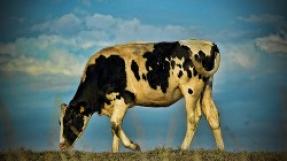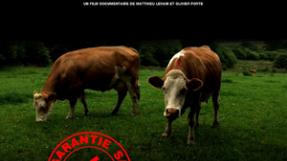Greenhouse Gas Emissions from the dairy sector : a life cycle assessment
This study assesses the greenhouse gas (GHG) emissions from the global dairy cattle sector. The overall goal of this report is to provide estimates of GHG emissions associated with milk production and processing for main regions and farming systems of the world. These results will help to inform the public debate on GHG emissions, and will support research, development and extension efforts to improve the sustainability performance of dairy farming.The specific objective of the study is two-fold:
- to develop a methodology based on the Life Cycle Assessment (LCA) approach applicable to the global dairy sector;
- ·to apply this methodology to assess, and provide insights about, GHG emissions from the dairy cattle sector.
The assessment follows up on FAO’s work presented in Livestock’s Long Shadow on livestock’s contribution to GHG emissions, by refining and elaborating on the emission estimates for the dairy cattle sector. It focuses on the entire dairy food chain, encompassing the life cycle of dairy products from the production and transport of inputs (fertilizer, pesticide, and feed) for dairy farming, transportation of milk off-farm, dairy processing, the production of packages, and the distribution of products to retailers. Emissions, including those taking place after the farm-gate are all reported in per kg of fat and protein corrected milk (FPCM) units at the farm gate.
The study quantifies the major greenhouse gas emissions associated with dairy farming, namely, carbon dioxide, methane and nitrous oxide, and includes all animals related to milked cows, including replacement animals and surplus calves from dairy cows, fattened for their meat. It excludes emissions related to:
- land use under constant management practices;
- capital goods such as farm equipment and buildings;
- on-farm milking and cooling; and
- retail stage activities (e.g. refrigeration and disposal of packaging).
The emissions related to manure outside the livestock systems and to draught animals, are separated from other dairy sector emissions. The remaining emissions are allocated to milk and meat on the basis of their proportional contribution to total protein production.


